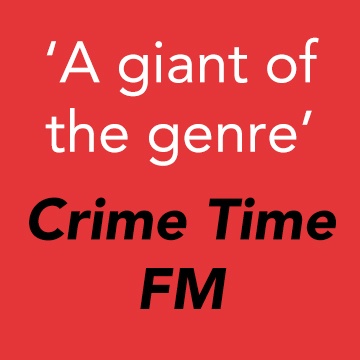 Written by Jonathan Hicks — July 1916, northern France. After 22 months of a war that was meant to be over before its first Christmas, British forces are poised to push the German invaders off the Somme ridges and drive them back whence they came. The 38th (Welsh) Division are crouched in their trenches in front of Mametz Wood, waiting for the whistle which will send them across the valley towards the German front line.
Written by Jonathan Hicks — July 1916, northern France. After 22 months of a war that was meant to be over before its first Christmas, British forces are poised to push the German invaders off the Somme ridges and drive them back whence they came. The 38th (Welsh) Division are crouched in their trenches in front of Mametz Wood, waiting for the whistle which will send them across the valley towards the German front line.
Captain Thomas Oscendale of the Military Foot Police has a problem to solve. An attractive French widow has been found raped and murdered in a nearby town. In her clenched fingers is a button from a British army tunic. A Welsh NCO, reputedly her lover, has just turned his Lee Enfield rifle on himself after apparently killing two of his colleagues. A mysterious British officer attends the crime scene, but then disappears. As Oscendale tries to unravel the tangle of clues, he finds a map purporting to show a site in the middle of Mametz Wood where a fortune is buried. Blind-sided by German spies and a conspiracy way above his rank, Oscendale must apply his police training to combat corrupt officials, military incompetence and the disdain – bordering on hatred – felt by front-line soldiers for ‘Red Caps’.
Oscendale is being lied to left, right and centre. His senior officer, the Provost Marshall, is being leaned on by shadowy forces and even his subordinate, Sergeant North, seems to be concealing something from him. With only the alluring nurse Kathleen as a confidante, Oscendale must fall back on his ‘coppering’ skills absorbed the hard way when he walked the beat on the Swansea docklands.
There were a few irritations in the book. The historical background is authentically described, but I did question how likely it would have been for a middle ranking officer in the MFP to be living as man and wife with his nurse lady friend, with apparently no comment or interference from the authorities. Some of the plot twists had a ‘ripping yarns’ implausibility about them – for example the effortless escape of the German prisoner. And although gangs of deserters may well have existed (the late Reginald Hill wrote the novel No Man’s Land about them) they surely would not have set up camp so close to the front line, as described here.
Thomas Oscendale is a likeable, if slightly over-earnest, central character. The descriptions of life and landscape are vivid and convincing, none more so than in the scenes when Oscendale returns to Wales. I could smell the chemical smoke from the foundries and factories, taste the metallic tang from the smelting plants, and shared the quiet despair emanating from the mean rows of terraced houses. If Oscendale is to live on, then a prequel about his time as a civilian policeman closer to home would be very welcome.
Crime novels set in the Great War are something of a rarity. Anne Perry wrote a quintet of novels featuring an army padre, and Ben Elton’s The First Casualty was widely read but divided opinions. The conundrum with these, as with all historical novels, is simple. Is the book principally about the historical period with some crime thrown in, or is the crime central to the narrative, with the historical period incidental? I think Jonathan Hicks gets the balance right here, and although the book neither shakes the fruit from the trees nor breaks new ground, it is a well written mystery with a complex and ingenious plot. It is well worth a few hours of anyone’s time.
Y Lolfa
Print
£8.06
CFL Rating: 3 Stars








